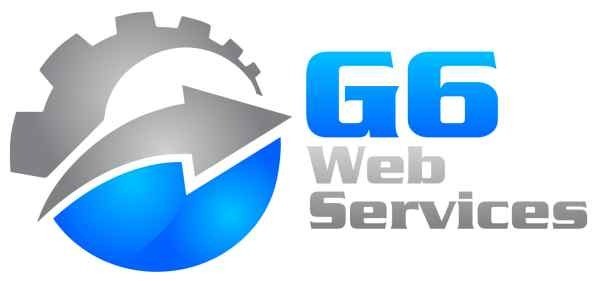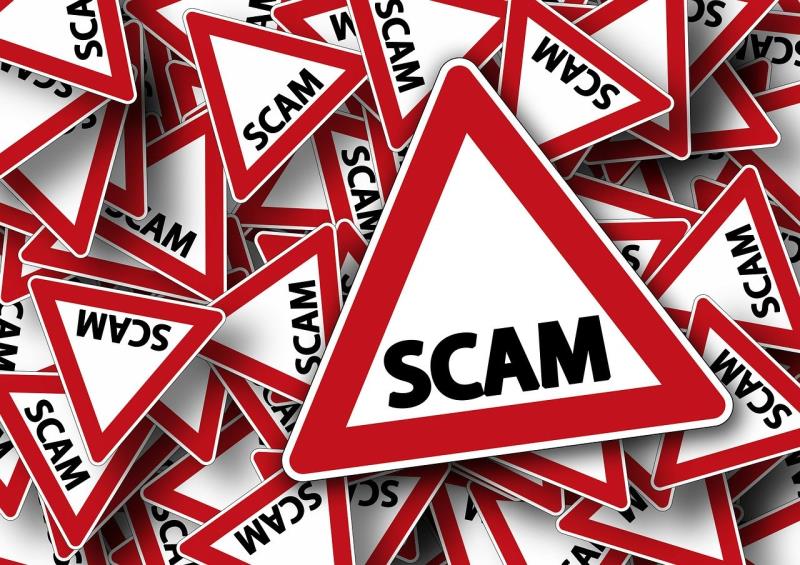Scam Emails – we’ve had more than our share, right? Seems like everywhere we turn there’s another scam trying to get our money. But there’s one scam that really makes small business owners think twice, and sometimes talks them into paying for something they’re not going to get – domain name registration and website hosting notifications.
These notifications will typically come in two methods: email and snail mail. They look official enough. They have the name of the business, the registrant’s name, the address, and the domain name on the bill. Plus of course they have an amount owed, and a really scary message that says if you don’t renew your domain, it will expire and you will lose your website.
How Official Looking Are These Domain Renewal Notices?
First, a little history. These domain registration scams have been around for a very long time. When I owned my pizza place, which I sold in 2005, I would get these official looking notices in the mail from a ‘company’ in Utah. It had my website’s domain name outlawpizza.com and that I owed them $79 for a year of domain registration.
Fortunately for me, I knew exactly where my domain registration was, and it wasn’t with this company. The first time I got one, I looked more carefully at this ‘invoice.’ It clearly said it was not a bill but merely a solicitation for services – in the fine print at the bottom of the notice. Well as much of a scam as it was, at least it had that little disclaimer at the bottom. Would I have actually received a domain registration for a year had I paid the over-inflated amount? I never found out because I never paid them. I always discarded those notices when I received them after I figured out what they were.
How to Tell If the Domain Registration Notice is a Scam
First, if the billed amount seems exorbitant, it probably is a scam. But there are ways to know for sure if it is. For example, $35 is a bit high for a .com renewal by itself but many bonafide companies charge this amount. But $79 is just entirely too much just for a one year domain registration. Other TLD’s cost more – for example .church costs over $30 a year wholesale.
Next, always know where your domain is registered. This is known as your domain registrar. You may have a trusted website person that takes care of this for you and acts on your behalf to renew your domain registration and hosting when it’s time. We do this for our clients too. Here’s the thing: don’t be afraid to ask that person or company what company is your registrar. They should be happy to tell you.
If you don’t have that type of person to help you, perhaps you have a previous bill or invoice from a domain registrar company that you actually paid. There are many registrars available. GoDaddy and Network Solutions are just a couple that come to mind. If you don’t have a bill or remember who you paid, you can find out on your own by doing a “WhoIs” search. This is a web page where you can enter your domain name and it will give you the information about your website for hosting and registration purposes. You can do a WhoIs search for any website in the world!
The best place to do this is at ICANN (just click that link) because they are the agency that monitors all USA domain registrations and they won’t try to sell you anything. Just put your domain in there and it will tell you who the registrar is, and it will also tell you the name servers so you will know where your website is hosted.
Now you can look at that domain registration renewal notice and see what ‘company’ it’s from. If it is not from YOUR registrar, then it’s a scam and you can safely throw the notification away or delete it if it’s an email. If it is an email, I’d also advise you to block that email address from sending you further notifications or emails.
What if I Paid For the Domain Registration Scam?
If you paid for the domain registration scam, there’s a few different scenarios to work through before you’ll have an answer to that question. If you paid for this through one of these notices and your registrar is or was a different company, do that WhoIs search again as I suggested above to verify your domain registrar. There’s only one way that a new domain registrar can take over your domain. The old registrar needs to unlock your domain (which prevents its transfer to another registrar) and to give the new registrar the authorization code (also known as an auth code or EPP code).
To verify whether this happened, call your current registrar and ask them. If neither of those things occurred then you can safely report the charge to your credit card company or your bank as a scam – ask for the fraud department at the bank. Don’t worry and don’t feel bad about making the call – this happens all the time and the fraud departments are well aware of what happens, how difficult the scammers make it to resist their offers (or scare you into thinking you must pay) and will give you your money back with no problem. There’s even a 0 deductible so you’ll get all of your money back.
If the ‘company’ you paid actually took over your domain registration, you’re going to want to put it back because you don’t want to be scammed over and over again. To do this, call what is now your old registrar and ask them to help you get it back. If they can’t help, you may need to get a professional involved to help you with this task.
How Do I Not Become a Domain Registration Scam Victim?
First, always know who your registrar is. Next, always read the entire notice. It could be an email or a snail mail. Make sure you completely understand it. If you have any questions about it, follow the advice from this article to help you understand more about these scams.
If you need any help or have questions about this article or anything else about your website, call me today at 602-899-5223. I am ready to help you and answer all of your questions.

